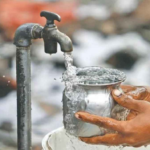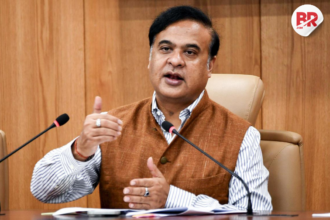
In India’s civil services, a quiet revolution is underway. Women civil servants are not just joining the ranks—they’re redefining what leadership looks like.
Take this fact: Nearly one-third of all IAS officers selected in recent years are women.
This isn’t just progress on paper. It’s changing the ground reality of governance.

What Does This Mean for the Common Citizen?
It means better decisions, more empathy, and more efficient delivery of public services. When women civil servants step into leadership, they often bring a unique blend of emotional intelligence, attention to detail, and collaborative thinking that directly impacts people’s lives.
IAS officer Mrinalini Darswal summed it up well—many women in civil services end up outworking their male peers. But it’s not just about clocking hours. It’s a different quality of work.
Consider this: When you’re handling disaster relief, public healthcare, or rural development, numbers only get you so far. Understanding human pain, building trust, and listening to unheard voices—that’s where women often excel. Their approach tends to be more holistic.
Also Read India’s First ISS Biology Mission Targets Algae—But What They’re Hoping to Find Is Wilder
As IAS officer Rashmi Singh said, “Women connect the dots.” It’s a small phrase but a big deal in a country as complex as India.
Many women civil servants are known for their meticulous planning and ethical leadership. They ask tough questions. They don’t settle for lazy solutions. And they often build consensus instead of issuing orders.
In an environment often bogged down by red tape and power games, this fresh style of leadership stands out. They’re not just “doing their jobs.” They’re transforming them.
Why This Matters for India’s Future
Celebrating women civil servants isn’t just about representation. It’s about rebuilding public trust. When citizens see honest, hardworking women at the helm, especially in rural or underserved areas, it shifts the narrative. It inspires more girls to dream big—and more voters to believe in the system again.
India needs leaders who don’t just lead from the front but carry others along. And right now, many of those leaders are women.
Also Read India Promised Every Home a Tap by 2028—But Can Jal Jeevan Mission Keep the Water Flowing?












